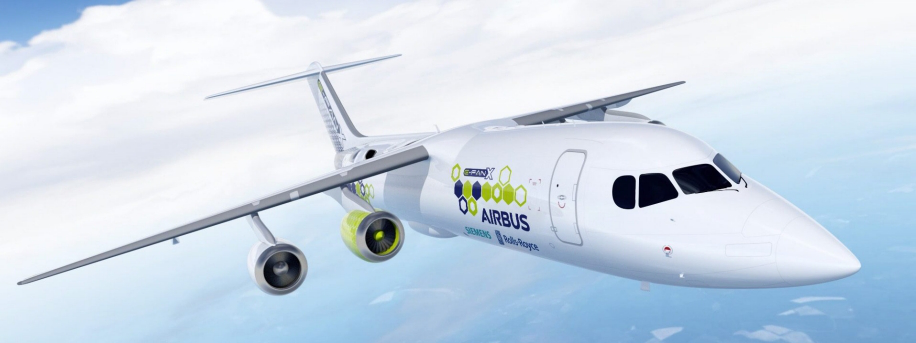Have you ever imagined that one day the airliners can run on clean energy? Those aircraft manufacturing heavyweights in Europe and the USA are thinking about replacing the fuel aero-engines with electric ones.
Just in 2017, the Airbus, Rolls-Royce and Siemens jointly announced to start developing the E-Fan X hybrid electric aircraft, planning to replace one of the four fuel engines into an electric turbofan engine (2MW). As the working temperature of an aero-engine can reach 500℃ or even higher, the accurate measurement of the magnetic properties of permanent magnet materials under a high-temperature working condition has become the premise of magnetic circuit design, in order to guarantee the engine efficiency and safety.
At present, vibration sample magnetometers or other "open magnetic circuit" instruments are widely used to measure the permanent magnet materials at high temperatures. Whereas, this method suffers from the inaccurate correction of self-demagnetizing magnetic field. The measurement results may be much different from the real magnetic properties of the permanent magnet materials.
In order to overcome the contradiction between accurate temperature measurement and accurate magnetic measurement at the same time, NIM has been researching on permanent magnetic measurement technology for aeronautics and astronautics, and the influence of pole shoes, search coil and air disturbance on temperature measurement and thermal balance in high temperature closed magnetic circuit measurement. The measurement of permanent magnetic in closed magnetic circuit at a temperature as high as 550℃ is realized with a very reliable uncertainty. The closed magnetic circuit measurement technology at high temperatures and the relevant measuring instruments developed by NIM have been adopted and applied for engine design in the E-Fan X hybrid aircraft plan.

